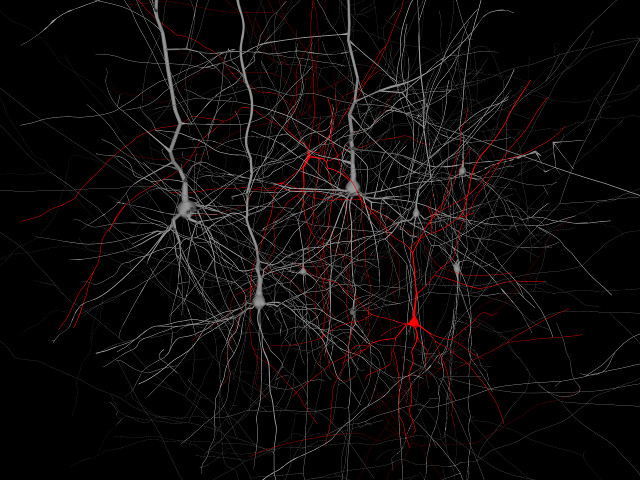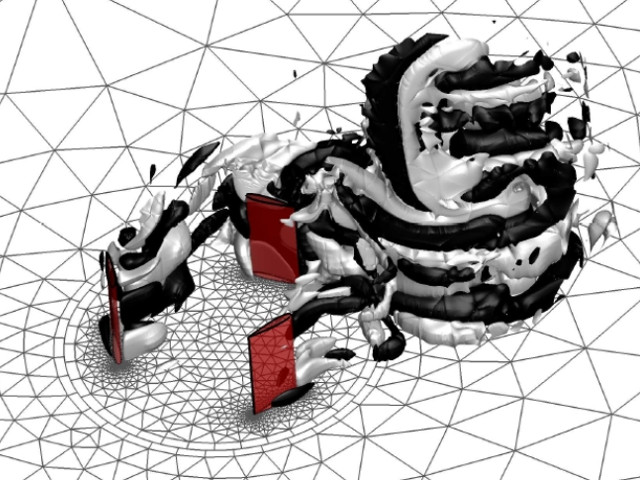Authors
Negreanu, M., Tello, J.I.
Journal Paper
http://doi.org/10.1016/j.jmaa.2019.02.007
Publisher URL
https://www.sciencedirect.com/
Publication date
In this article we consider the dynamics of two biological species “” and “”, secreting the chemical substances “” and “”, respectively. The biological species present the ability to orientate their movement towards the concentration of the chemical secreted by the other species. The problem is presented as a coupled system of four PDEs with chemotactic terms, two parabolic equations describing the evolution of the biological species “” (for ) and two elliptic equations for the concentration of the chemicals “” (for ). The source terms describe a Predator–Prey interaction, where the population of the predator “” has a negative effect in the density of the prey “” which affects positively in the population of the prey, its movement is oriented towards the higher concentration of the chemical secreted by the prey. The prey presents chemo-repulsion capabilities to avoid the predator throwout the chemical secreted by the predator “”. The system is presented as follows
where Ω is a bounded, open regular domain of , for with regular boundary and () are the classical logistic terms of Lotka Volterra prey predator system. Under some conditions on the periodicity of the coefficients of the system we obtain the global existence and boundedness of classical solutions with given nonnegative initial function . Moreover, if () verify some further assumptions, the solutions of our system stabilize to some periodic functions in the large time limit, given coexistence of solutions for a range of parameters.



